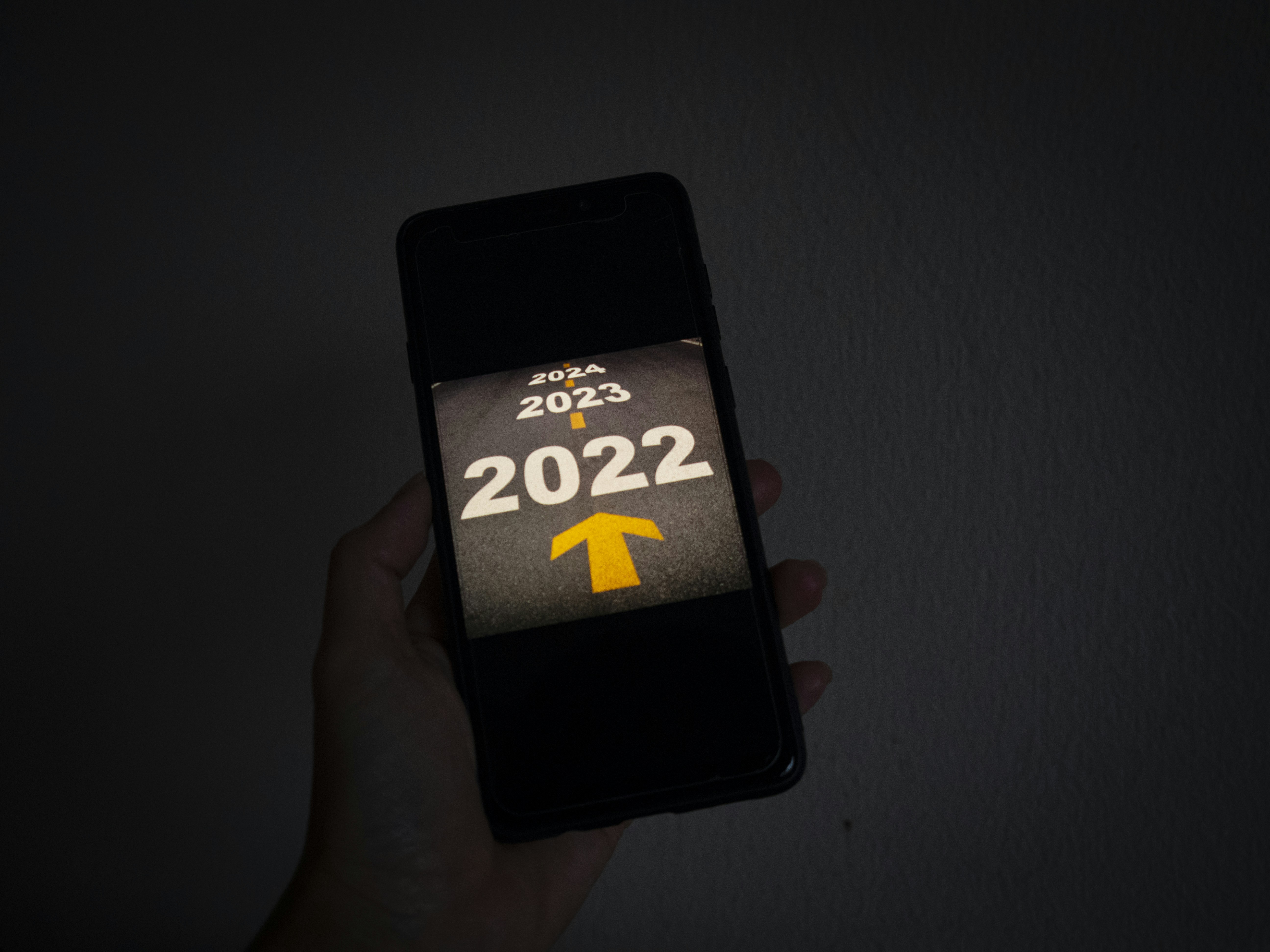
The year 2025 is poised to be a transformative period for mobile technology, characterized by groundbreaking advancements across various domains. As consumers increasingly seek enhanced user experiences, the hardware of mobile devices is expected to evolve significantly. Anticipated upgrades include faster processors, improved battery life, and enhanced camera capabilities. Mobile phones in 2025 will likely feature hardware components that utilize advanced materials, thereby increasing durability and performance.
Operating systems are also expected to follow this trend of innovation. In 2025, operating systems may become more adaptable, providing users with customized experiences tailored to their preferences and usage patterns. The integration of artificial intelligence (AI) will play a crucial role; it can streamline multitasking, improve security protocols, and facilitate seamless interactions between users and devices. As AI technology continues to become more sophisticated, mobile operating systems will harness these advancements to enhance user convenience and accessibility.
Connectivity remains at the forefront of mobile technology trends as well. The rollout of 5G networks globally will enable faster internet speeds and reduced latency, supporting an array of applications, from augmented reality (AR) to high-definition gaming. This enhanced connectivity will open up new possibilities for mobile services and applications, ensuring that users can engage with content in ways that were not feasible before.
Moreover, foldable displays are anticipated to gain prominence in the mobile market. With the design of consumer devices shifting towards versatility, manufacturers will focus on creating smartphones that not only serve traditional functions but also adapt to various usage scenarios. The incorporation of foldable screens could lead to innovative dual-screen experiences, enhancing multi-tasking capabilities and overall user satisfaction.
In conclusion, the mobile technology landscape in 2025 is set to offer consumers an impressive array of design, performance, and feature enhancements. With ongoing developments in hardware, operating systems, and connectivity, the future of mobile devices promises to be as exciting as it is dynamic.
Top Mobile Phones Released in 2025
As we delve into the exciting mobile landscape of 2025, several flagship smartphones have emerged, showcasing remarkable advancements in technology. Among the standout devices is the Galaxy Z Ultra, which features a stunning 6.9-inch AMOLED display, offering vibrant colors and sharp resolution. This device is powered by the latest Snapdragon 9 Gen 3 processor, ensuring seamless multitasking and gaming performance. Its versatility is further highlighted by an innovative folding design, allowing users to effortlessly switch between tablet and phone modes.
Another noteworthy release is the iPhone 15 Pro Max, which once again sets benchmarks for mobile photography. The introduction of a quad-camera system, including a 48MP primary sensor and advanced computational photography features, elevates the user experience. Coupled with Apple’s A17 Bionic chip, this smartphone promises outstanding performance and energy efficiency, ensuring all-day battery life. Additionally, iOS 18 introduces new privacy features, delivering enhanced security for users.
Meanwhile, the OnePlus 11T has captured the attention of tech enthusiasts by offering a flagship experience at a competitive price point. With a 120Hz refresh rate display and a powerful MediaTek Dimensity 9200 processor, this device caters to gamers and multimedia consumers alike. Notably, its rapid charging technology enables users to achieve a full charge in just 30 minutes, while the triple-camera setup provides versatility for diverse shooting conditions.
When comparing these top mobile phones released in 2025, factors such as performance, camera capabilities, and battery life highlight their unique selling propositions. Each device caters to different preferences and needs, making it imperative for consumers to assess their requirements carefully. Whether opting for the innovative design of the Galaxy Z Ultra, the unparalleled camera performance of the iPhone 15 Pro Max, or the value-packed OnePlus 11T, the evolving landscape of mobile innovation continues to redefine user experiences.
Consumer Preferences and Buying Trends for 2025
As we navigate the mobile market landscape in 2025, understanding consumer preferences and buying trends becomes essential for both manufacturers and retailers. Several key factors are driving purchasing decisions among consumers, significantly shaping the direction of mobile innovations.
Price remains a primary consideration; consumers are increasingly value-conscious and seeking smartphones that offer the best performance for their investment. The proliferation of mid-range devices with premium features has made it clear that affordability does not necessarily equate to sacrificing quality. This shift indicates that consumers are more inclined towards brands that deliver a balanced mix of functionality and cost-efficiency.
Moreover, brand loyalty continues to play a considerable role. Many consumers show a preference for established brands to ensure reliability and support. However, there is a noticeable trend towards exploring new entrants in the market, particularly those that emphasize innovative features or unique selling propositions. This indicates that while brand loyalty matters, consumers are still open to shifting their allegiance if they perceive significant advantages in alternative products.
Sustainability is another growing factor influencing consumer choices. Environmental consciousness is on the rise, with many consumers opting for brands that demonstrate a commitment to sustainable practices. This includes using recyclable materials, reducing carbon footprints, and offering energy-efficient devices. Mobile manufacturers that prioritize sustainability are likely to appeal to the eco-aware demographic, enhancing their market position.
Technological features are paramount in influencing buying decisions. Consumers are keen on advanced capabilities such as enhanced camera systems, superior battery life, and faster processing speeds. Innovative technologies, such as foldable screens and 5G capability, are also drawing significant attention. As consumers continue to explore their preferences for cutting-edge features, manufacturers must adapt quickly to stay relevant in a highly competitive environment.
The Future of Mobile Technology: Predictions for 2026 and Beyond
The mobile technology landscape is rapidly evolving, with innovations that not only enhance user experience but also redefine connectivity and interaction. As we look ahead to 2026 and beyond, several key trends are poised to shape the future of mobile technology. One prominent area is the anticipated advancements in mobile applications, which are expected to leverage artificial intelligence and machine learning to offer more personalized experiences. These applications may move beyond simple tasks to become integral companions in daily life, predicting user needs and facilitating seamless interactions.
Additionally, the integration of augmented reality (AR) and virtual reality (VR) technologies into mobile devices will likely gain momentum. As mobile hardware continues to support higher processing capabilities and graphical fidelity, we can expect AR and VR applications to provide immersive experiences in gaming, education, and various professional fields. This evolution presents opportunities for industries to rethink user engagement strategies, creating more interactive and impactful platforms that can enhance learning and productivity.
Moreover, the advent of 6G technology is anticipated to significantly alter the mobile landscape. With the promise of ultra-fast connectivity, minimal latency, and enhanced capacity, 6G is expected to facilitate the proliferation of smart devices and the Internet of Things (IoT). This transformation will empower businesses and consumers alike, enabling real-time data exchanges and fostering smarter urban infrastructures. The potential applications are vast, ranging from improved telemedicine services to intelligent transportation systems that can predict traffic patterns and optimize routes.
In conclusion, as we prepare for the future of mobile technology in 2026 and beyond, it is clear that innovations in mobile applications, alongside the emergence of AR, VR, and 6G, will play crucial roles in reshaping how we connect, communicate, and engage with the world. The trajectory of mobile technology indicates an exciting frontier where digital experiences become increasingly intertwined with our daily lives.





